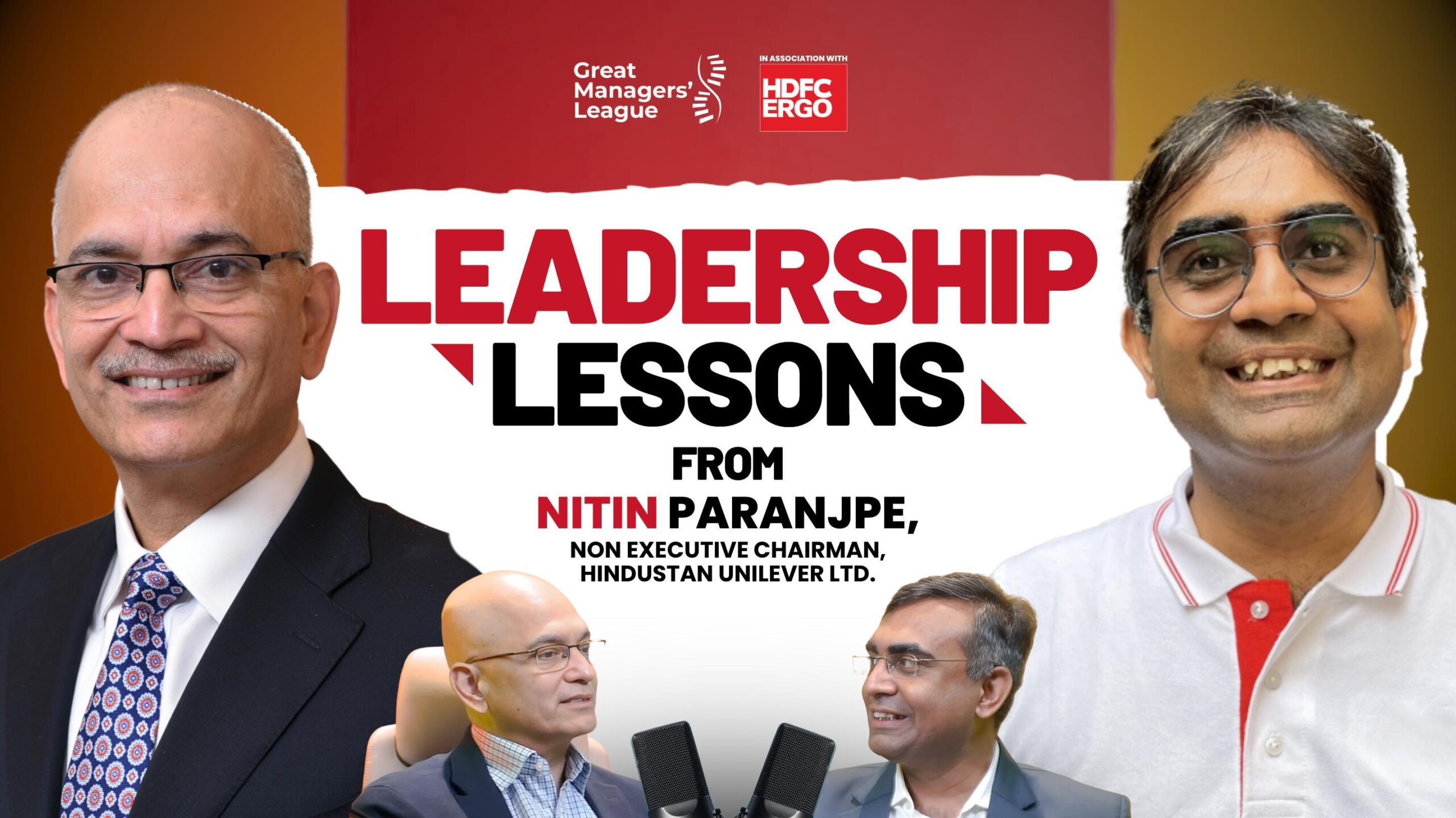Engagement surveys are the easiest and fastest way to gather huge amount of data in one go. There are many benefits of conducting surveys – from gathering first-hand employee feedback to identifying problem areas and devising post survey interventions. Despite its many benefits, we see that it becomes challenging to convince employees to participate in engagement surveys. Why does this happen? Some of the reasons may include employees’ existing workload and prior commitments, poor communication about the survey launch, lengthy surveys and absence of post survey action plan are a few reasons for low participation.
Question arises- what should be the ideal participation rate? It is unrealistic to think that 100% employees would participate in the survey and, it might indicate some amount of coercion from the authorities. This might lead to satisficing or straight-lining. Satisficing is when respondents don’t put much effort into answering survey questions and only provide “satisfactory or neutral” answers to be done away with the survey. This might paint the wrong picture and wouldn’t lead to any concrete positive change. Usually, 65%-85% response rate is considered to be good and organisations should aim for that.
It has been observed that employees are usually not very enthusiastic about the entire initiative and still look at surveys as another HR initiative and not something of high significance. Here are some dos and don’ts to help you effectively promote and encourage participation in engagement surveys:
Dos of encouraging engagement survey participation
- Communicate the purpose and build employee buy-in: Communication is the key! Apart from taking key stakeholder’s buy-in, it is equally crucial to communicate to the employees about why the survey is being conducted and how it will benefit employees and the organization. Involving employees in the process and explaining the purpose, timeline, and logistics of the survey will yield desired results. Furthermore, emphasizing that their feedback is valuable and will help drive positive changes will facilitate the entire process. When employees feel that they are being heard and are a part of organizational processes they feel more connected and invested with their respective organizations. Show them that their participation will make a difference.
- Keep the survey relevant, short and easy to take: Since employees are already inundated with work, lengthy surveys will act as a deterrent to the entire process. Therefore, it is advisable to keep the survey crisp, highly focused and adequately long. Ascertain reliability and validity of the survey and avoid unnecessary questions that could discourage participation. Also, its’s important to integrate the surveys with the existing systems/HRMS rather than introducing another platform to take the survey.
- Using the right scale to measure responses: It has been observed that mostly ‘agree- disagree’ scales are used to gather employees’ responses. These scales come with their own set of challenges and invite response set biases. It is also complex to carry out in-depth and accurate analysis. Therefore, it is advisable to use frequency, intensity, duration or need for change/need for improvement type of scales. Furthermore, using Pareto charts, discriminant analysis or logistic regression should be leveraged to determine significant issues, and groups with significant needs.
- Ensure anonymity and confidentiality: Employees need to be assured that their responses will remain anonymous and confidential. This will create an environment of trust and will encourage honest feedback without fear of being judged and held accountable for any deviant response.
- Provide multiple, creative reminders: To some employees, survey participation might look like a monotonous process dimming their enthusiasm to participate. By adding a dash of creativity and humour, the entire process can be made more fun and engaging for the employees. Creative, and interesting reminders can be sent out at different intervals to ensure that employees have ample time and opportunity to participate. Also, consider using various communication channels such as emails, intranet, bulletin boards or team meetings to maintain employees’ interest.
- Communicate the results and share key findings and intended actions: Once the survey is conducted, communicate the results to the participants, share key findings and talk about any action or initiatives that will be implemented as a result of the feedback received.
Dont's of encouraging engagement survey participation
- Lack of planning: Without proper planning, no crucial event can take place smoothly. Survey participation also involves careful planning and discussions at many levels. It involves thinking about the issues to be addressed, the sample to be chosen and good idea about the post survey actions. Without these actions, any survey would fall flat.
- Avoid self-fulfilling prophecy: ‘Do not look for something which is already there’, for example, gathering employees’ views around ‘introducing a new improved technology’ about which, you as well as employees are already excited, won’t shed relevant insights. Rather it would be better to understand and define the areas which need valid intervention.
- Forced participation: Refrain from coercing employees to take the survey as it can create resentment among employees or may fetch wrong responses from them. Instead, focus on creating a voluntary and supportive environment that encourages participation.
- Avoid survey fatigue: Refrain from floating many surveys in a less span of time. Frequent surveys may lead to fatigue and employees may become less motivated to participate. One needs to space out surveys appropriately to maintain interest and curiosity.
- Ignoring feedback: it is important to acknowledge and act upon the feedback received. Failing to address the concerns or suggestions shared in the survey can erode trust and discourage participation in future.
- Respecting employee privacy: Never share any individual responses publicly or without employees’ consent. This will only create an ecosystem of mistrust within the organization but will also refrain other employees to undertake the surveys in future. It is wise to always share the aggregate data and analysis.
By being cognizant of these dos and don’ts, HR leaders can create an environment that encourages active participation in engagement surveys and promotes a culture of open feedback and continuous improvement.










